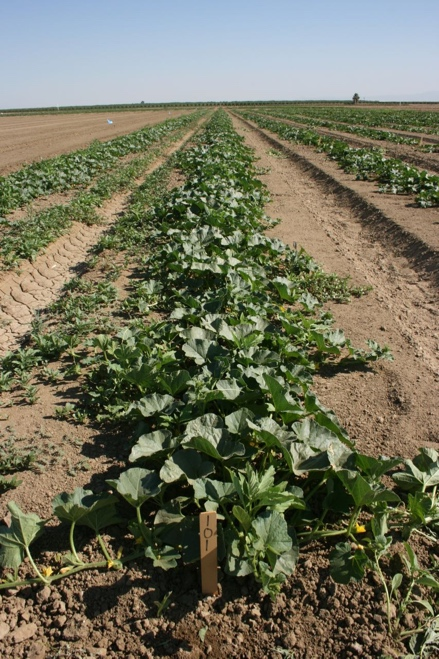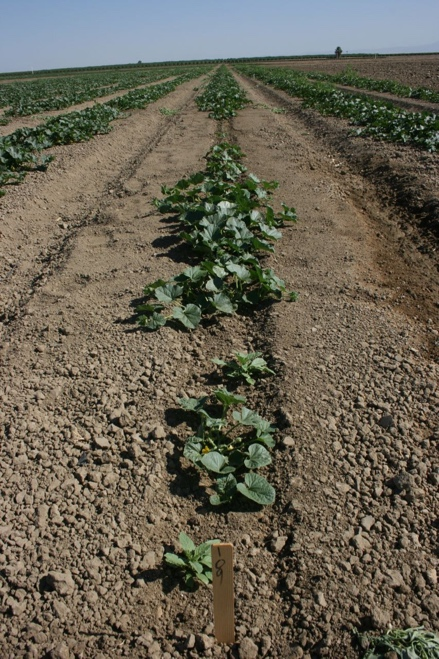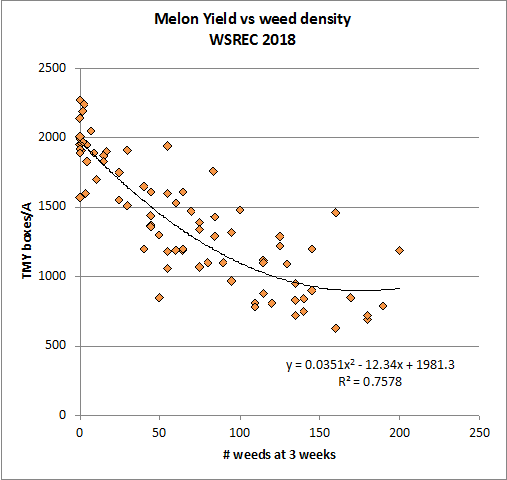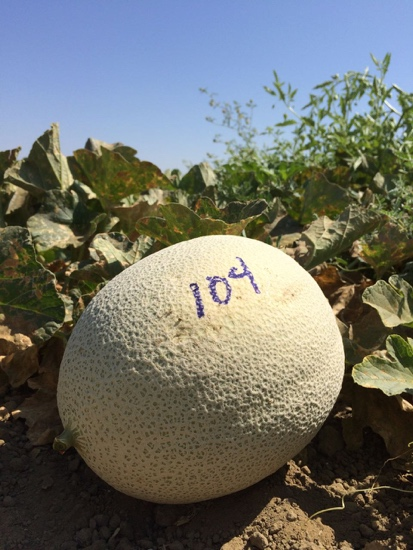
However, LSL varieties are expensive hybrids relative to older, open pollinated cultivars, and seed costs can become a significant portion of the total cost of production, with some estimates greater than $300 per acre. Thus, one potential method to reduce seeding costs would be to use transplants at much wider spacing.
Switching to transplants for cantaloupes and honeydews can result in changes to the weed management program for these crops. For example, the use of pre-plant herbicides, such as Treflan (trifluralin), Sandea (halosulfuron), or Curbit (ethalfluralin) could be used, since the transplant would be planted at a depth as to avoid contact with the herbicides. This is the similar tactic that it used for processing tomatoes in the state, where a Treflan + Dual tankmix is typically applied before transplanting.
While common for watermelons, transplants are not typically used for cantaloupes, and there are no pre-plant herbicides labeled for use in this crop other than pre-plant applications of contact herbicides such as glyphosate. Any pre-plant herbicide program needs to be evaluated for crop safety.
Therefore, in 2018 Travis Bean (UCR Weed Specialist) and myself conducted trials at the UC Desert Research and Extension Center (DREC in Imperial County) and West Side Research and Extension Center (WSREC in Fresno County) evaluating weed management and crop safety from various pre and post plant herbicides in transplanted long shelf life (LSL) cantaloupes. Cultivar “Fiji” transplants were used and both locations used subsurface drip irrigation. Sandea (halosulfuron) 1 oz/A, Curbit (ethalfluralin) 4 pts/A, and Prefar (bensulide) 6 qts/A herbicides were evaluated with and without sprinkler incorporation. Post plant treatments of Sandea 1 oz/A and clethodim 8 oz/A herbicides were made 4 weeks after transplanting (WAT). The melons were transplanted April 4 at DREC and May 31 at WSREC.
Some results from WSREC are shown in Figure 1. At both locations, the use of pre-plant applications of Curbit and Sandea significantly improved weed control as compared to the other treatments and the untreated control plots. Crop phytotoxicity was also noted from these two herbicides, but the effect was temporary, and these treatments resulted in the highest yield and both locations. However, the effect of incorporation was not consistent. Using sprinklers to incorporate the pre-plant herbicides improved weed control at the DREC location, but reduced weed control at WSREC. Mechanical incorporation at WSREC worked much better -- pre plant Curbit, Sandea, and the Curbit+Prefar tankmix had significantly (p ≤ 0.05) better broadleaf weed control at the end of the growing season with mechanical incorporation of 50.0%, 90.0%, and 90.0%, respectively, as compared to sprinkler irrigation (1.3%, 6.3%, and 1.3%). The very poor performance of the herbicides may have occurred because the irrigation set at WSREC was too short (only about 4 hours) to properly activate the herbicides, and instead increased weed seed germination.
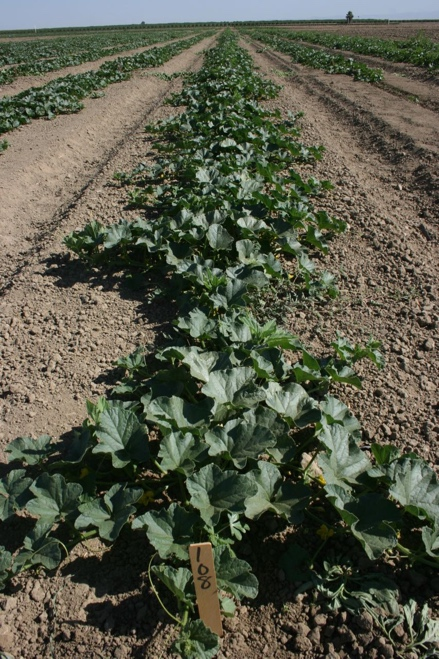
Figure 1. Impacts of herbicide programs on weeds and melons 4 WAT at WSREC. These treatments were mechanically incorporated. While the Sandea PRE treatment did cause significant stunting of the crop, the effect was temporary and on average had yields significantly higher than the untreated control.
Since the results of these two trials were not consistent, the treatments will be re-evaluated in 2019.
Weeds not controlled can have a dramatic impact on melon production. At WSREC, emerged weeds in the untreated plots at 3 weeks after transplanting were about 1 weed per square foot. These were not hand weeded for the rest of the season. Total marketable yields were reduced more than 50% as compared to the best herbicide programs and the hand weeded check plots (Figure 2).
Acknowledgements. The Melon Research Board of California provided funding for these trials.
Scott Stoddard is a Farm Advisor with the UC Cooperative Extension Merced County office. Scott can be contacted at csstoddard@ucanr.edu.
